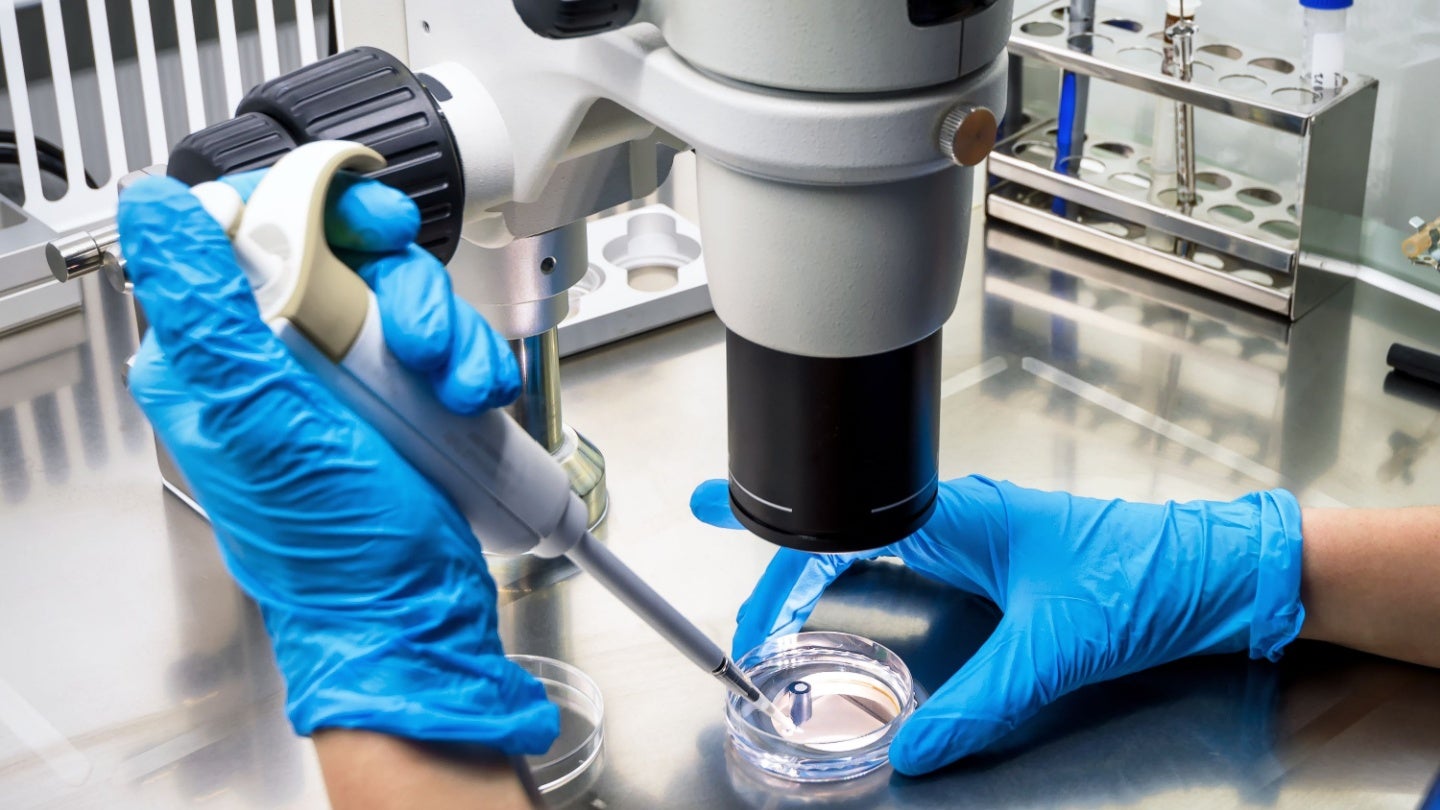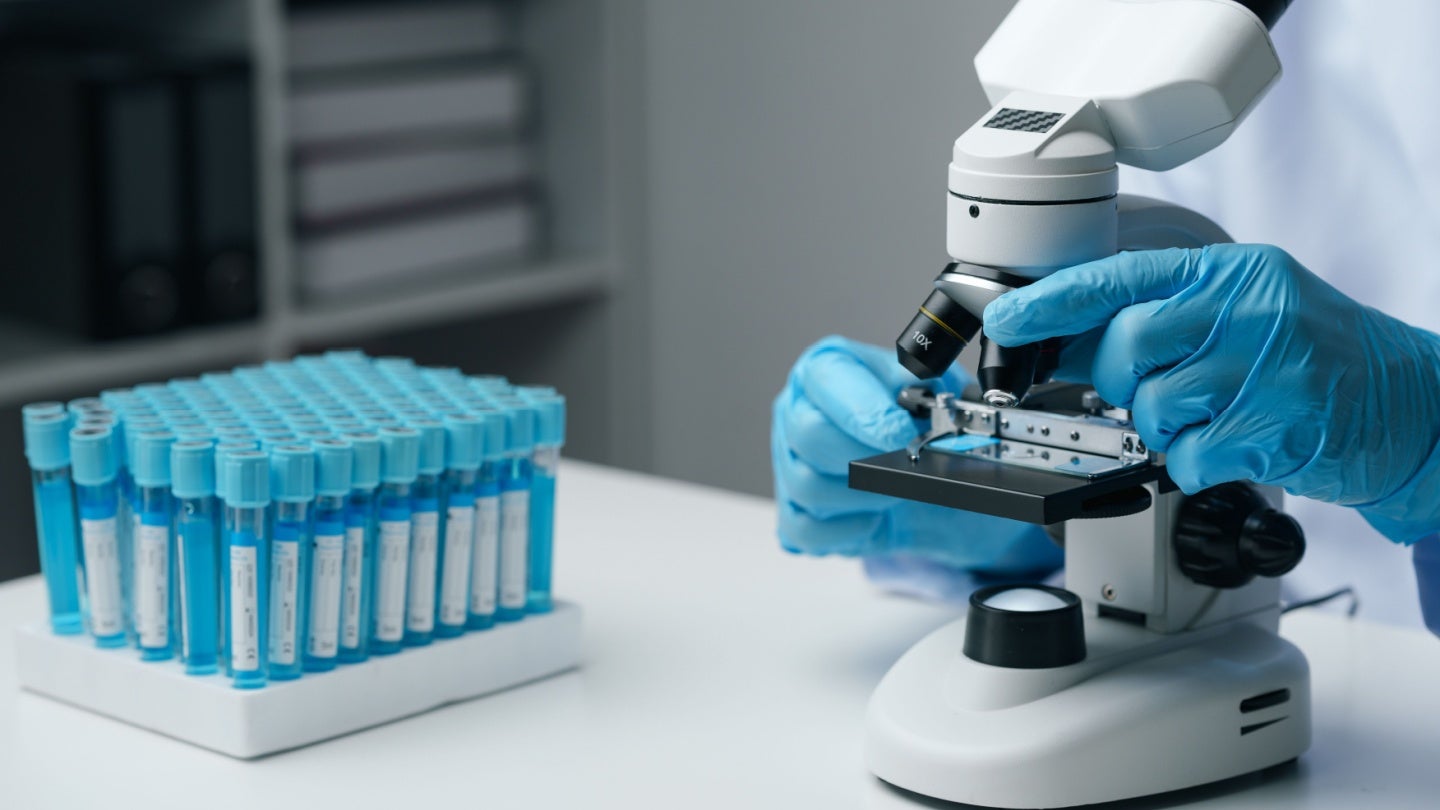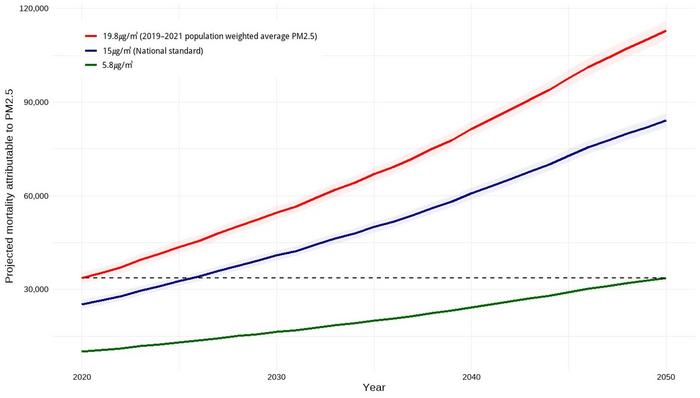Autophagy and Lysosomal Pathways Drive Unconventional Secretion of Parkinson’s Disease Protein
A groundbreaking revelation from researchers at Doshisha University, Japan, has unveiled an extraordinary mechanism underlying the unconventional secretion of PARK7—a protein intricately linked to Parkinson’s disease and cellular oxidative stress responses. This new study illuminates how the interplay between two forms of autophagy, typically regarded as cellular degradation pathways, orchestrates a secretory process divergent from […]


A groundbreaking revelation from researchers at Doshisha University, Japan, has unveiled an extraordinary mechanism underlying the unconventional secretion of PARK7—a protein intricately linked to Parkinson’s disease and cellular oxidative stress responses. This new study illuminates how the interplay between two forms of autophagy, typically regarded as cellular degradation pathways, orchestrates a secretory process divergent from classical protein trafficking. The implications of this discovery herald promising new fronts in understanding neurodegenerative disease biology and potential therapeutic innovation.
Traditionally, protein secretion in eukaryotic cells follows a well-mapped pathway where proteins bearing N-terminal signal peptides traverse the endoplasmic reticulum and Golgi apparatus before being dispatched extracellularly. However, certain leaderless proteins evade this canonical route, employing so-called unconventional secretion mechanisms that circumvent the endomembrane network. These pathways include direct translocation across the plasma membrane, exocytosis via intracellular vesicles, or transporter-mediated translocation, each contributing uniquely to physiological and pathological processes including inflammation, neurodegeneration, and cancer.
Autophagy, a cellular catabolic process originally characterized as a mechanism for cytoplasmic component degradation and recycling, has recently emerged as a key player in unconventional protein secretion. The Doshisha University research team has now demonstrated that PARK7, a Parkinson’s disease-associated protein renowned for its role in antioxidative defense and mitochondrial protection, uses a sophisticated autophagy-based pathway to exit cells under oxidative stress. Their studies reveal that oxidative insults provoked by 6-hydroxydopamine (6-OHDA), a neurotoxin widely utilized to model Parkinsonian neurodegeneration, initiate an orchestrated activation of both macroautophagy and chaperone-mediated autophagy (CMA) that converges on PARK7 secretion.
Specifically, exposure to 6-OHDA enhances autophagic flux, marked by increased autophagosome formation and autophagosome-lysosome fusion, processes largely governed by the SNARE protein complex. Simultaneously, PARK7 is selectively engaged by chaperone HSPA8 machinery recognizing KFERQ-like motifs on the protein, facilitating its targeting to intact lysosomal membranes and subsequent translocation into lysosomal lumens through the LAMP2 channel. This precise lysosomal delivery via CMA integrates with macroautophagic vesicle dynamics to generate ‘secretory autolysosomes’—a fusion product of lysosomes and autophagosomes capable of extruding PARK7 to the extracellular milieu.
Intriguingly, PARK7 within these secretory autolysosomes avoids canonical lysosomal degradation, instead being stabilized and transported out of the cell through membrane fusion events mediated by a specialized QabcR-SNARE protein complex comprising STX3/4, VTI1B, STX8, and SEC22B. This unique vesicle trafficking constellation underlines a previously unappreciated dimension of lysosomal function—a dual role in both intracellular catabolism and extracellular secretion under stress conditions, thereby expanding the functional repertoire of autophagy beyond degradation.
Experimental data supporting these insights employed human cervical carcinoma cell lines treated with varying doses of 6-OHDA. The researchers observed dose-dependent increases in extracellular PARK7 that were insensitive to inhibitors of the classical ER-to-Golgi and exosomal pathways, confirming secretion via unconventional routes. Blocking autophagy initiation diminished both autophagosome-associated LC3B lipidation and PARK7 secretion, reinforcing autophagy’s essential role. Antioxidant application attenuated oxidative stress and downstream autophagy induction, correspondingly reducing PARK7 release, whereas rapamycin-induced autophagy potentiated secretion.
Further mechanistic interrogation revealed that disruption of autophagosome-lysosome fusion or inhibition of lysosomal degradation arrested PARK7 secretion, highlighting a critical necessity for functional lysosomal compartments in this process. Moreover, the discovery of SEC22B—an ER-Golgi intermediate compartment R-SNARE—as a key component of the secretory autolysosome fusion machinery provides new molecular detail on the vesicular trafficking steps enabling extracellular delivery of PARK7.
This research not only redefines the biological significance of chaperone-mediated autophagy by demonstrating its collaboration with macroautophagy pathways under oxidative stress but also provides a mechanistic framework that could explain the extracellular presence of leaderless proteins implicated in neurodegenerative and inflammatory diseases. Importantly, the identification of PARK7 secretion regulation via secretory autolysosomes opens therapeutic possibilities to modulate this pathway, potentially impacting disease progression by managing secreted PARK7 levels.
Given PARK7’s importance as a neuroprotective agent, its extracellular role mediated through unconventional secretion pathways may also serve as a novel biomarker avenue for early detection of Parkinson’s disease and related neurodegenerative conditions. This secretory axis could thereby facilitate timely diagnosis and intervention, fostering improved clinical outcomes.
The authors emphasize the broader implications of this secretory mechanism, suggesting that adaptive cellular responses to stress can repurpose degradative organelles like lysosomes for trafficking and secretion functions, adding complexity to autophagic biology. This paradigm shift underscores the need for further exploration of autophagy’s secretory capabilities and their influence on cellular homeostasis and disease etiology.
Looking ahead, the research team aspires that their findings will invigorate drug development aimed at secretory autolysosome pathways, enhancing cellular resilience to oxidative insults, and bolstering lysosomal function. Such therapeutic strategies hold promise for neurodegenerative diseases, where aberrant protein handling and oxidative stress converge to drive pathology.
This pioneering work, authored by Dr. Biplab Kumar Dash, Professor Yasuomi Urano, and Professor Noriko Noguchi—respected scientists from Doshisha University—solidifies their continuing contribution to unraveling the intersection of autophagy and unconventional protein secretion, setting a new standard for molecular research in neurodegeneration.
Published on May 6, 2025, in the prestigious Proceedings of the National Academy of Sciences (PNAS), this study exemplifies cutting-edge experimental cell biology research that bridges fundamental molecular mechanisms with clinical neuroscience relevance, positioning unconventional secretion via autophagy as a frontier in biomedical science.
—
Subject of Research: Cells
Article Title: Unconventional secretion of PARK7 requires lysosomal delivery via chaperone-mediated autophagy and specialized SNARE complex
News Publication Date: 6-May-2025
Web References:
https://www.pnas.org/doi/10.1073/pnas.2414790122
Image Credits: Dr. Biplab Kumar Dash from Doshisha University, Japan
Keywords: Lysosomal function, Cancer, Gene transcription, Oxidative stress, Parkinsons disease
Tags: autophagy in neurodegenerationcellular oxidative stress responsesDoshisha University research findingsendoplasmic reticulum and Golgi apparatuseukaryotic cell protein secretionintracellular vesicle exocytosisleaderless proteins in secretionlysosomal pathways in protein traffickingmechanisms of autophagy and secretionPARK7 protein and Parkinson’s diseasetherapeutic innovations for neurodegenerative diseasesunconventional protein secretion mechanisms
What's Your Reaction?


































